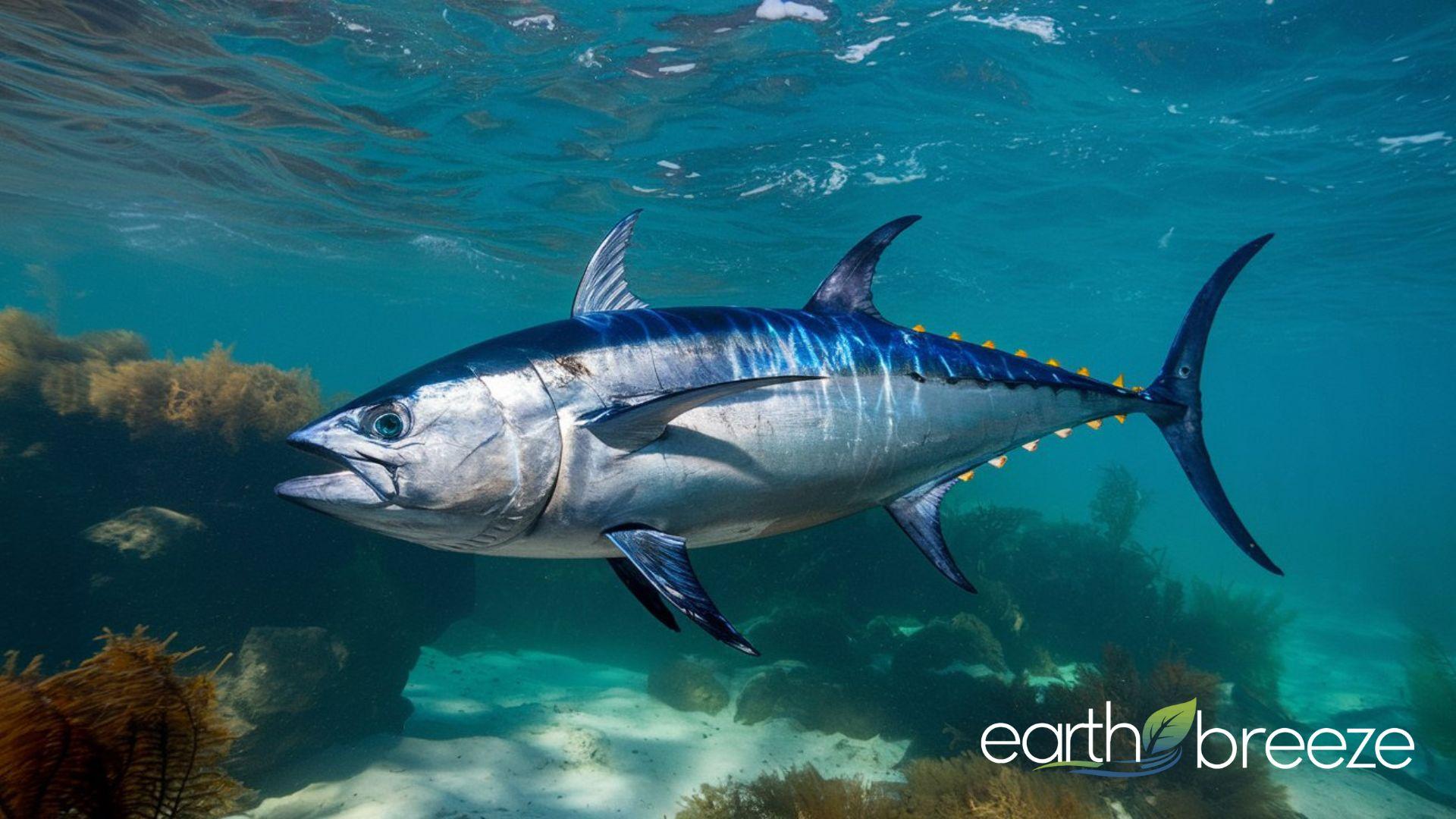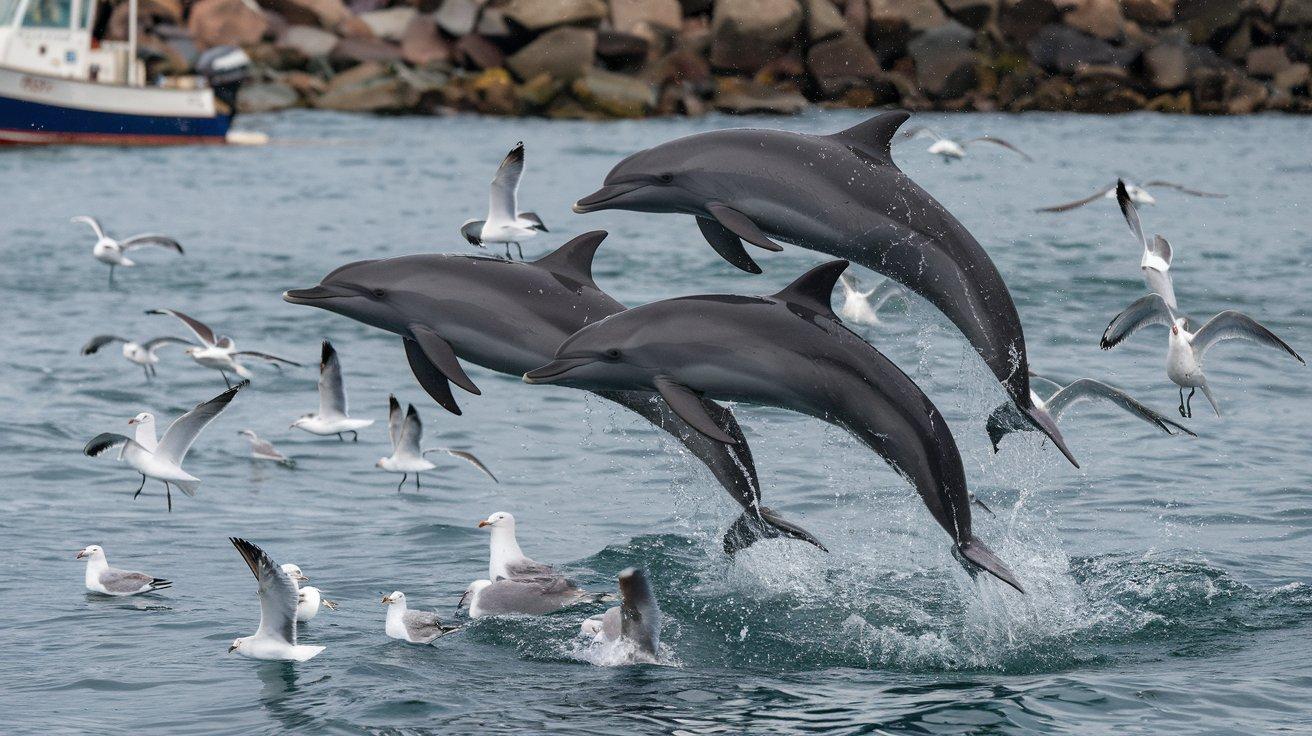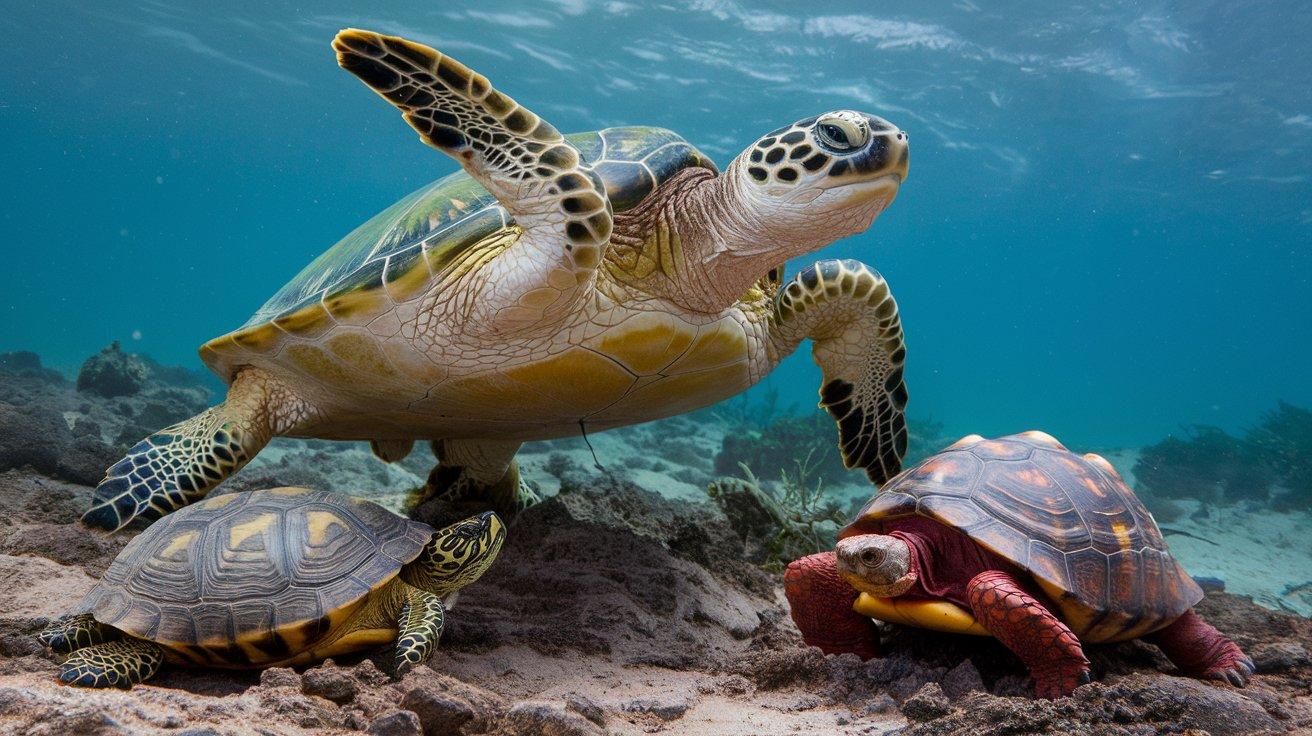The bluefin tuna, often referred to as the “king of the ocean,” is one of the most iconic and prized fish species in the world. Known for its incredible speed, power, and value in the global seafood market, this apex predator plays a crucial role in maintaining marine ecosystems. However, overfishing and environmental changes have brought the bluefin tuna to the edge of collapse. In this article, we’ll dive into the biology, importance, and conservation challenges facing this magnificent species.
1. What is a Bluefin Tuna?
Bluefin tuna are a group of large, fast-swimming fish belonging to the Thunnus genus. There are three species of bluefin tuna:
- Atlantic Bluefin Tuna (Thunnus thynnus): Found in the Atlantic Ocean and Mediterranean Sea, it is the largest and most commercially valuable species.
- Pacific Bluefin Tuna (Thunnus orientalis): Found in the northern Pacific Ocean, it migrates thousands of miles during its life cycle.
- Southern Bluefin Tuna (Thunnus maccoyii): Found in the southern hemisphere’s oceans, it is critically endangered due to overfishing.
Bluefin tuna can grow up to 10 feet (3 meters) long and weigh more than 1,500 pounds (680 kilograms). With their streamlined bodies and muscular build, they are capable of reaching speeds of up to 43 miles per hour (70 km/h).
2. Why is Bluefin Tuna So Valuable?
Bluefin tuna is a culinary delicacy, especially in Japan, where it is highly sought after for sushi and sashimi. A single bluefin tuna can sell for millions of dollars at auctions, making it one of the most expensive fish in the world. This high market value has driven intense demand, leading to rampant overfishing.
3. The Role of Fish Tuna in the Ecosystem
As apex predators, bluefin tuna play a crucial role in maintaining the balance of marine ecosystems. They help regulate the populations of smaller fish and other prey species, ensuring the health and stability of the ocean food web.
Their migratory behavior also makes them an important part of multiple marine habitats, connecting ecosystems across vast distances.
4. Challenges Facing Fish Tuna
Despite their importance, Fish tuna populations are in serious decline due to several factors:
a. Overfishing
- Intense commercial fishing has decimated Fish tuna populations.
- Unsustainable practices, such as the use of large-scale purse seines and longlines, have targeted juveniles before they can reproduce.
b. Illegal Fishing
- Unreported and unregulated fishing activities have further exacerbated population declines, especially in the Mediterranean.
c. Climate Change
- Rising ocean temperatures and changing currents are affecting Fish tuna migration patterns and spawning grounds, potentially reducing their ability to reproduce successfully.
d. Bycatch
- Many Fish tuna are accidentally caught in fishing nets targeting other species, leading to unnecessary deaths.
5. Conservation Efforts to Protect Fish Tuna
Several international efforts are underway to protect and restore fish tuna populations:
a. Quotas and Regulations
- Organizations like the International Commission for the Conservation of Atlantic Tunas (ICCAT) have implemented fishing quotas to limit the number of Fish tuna caught each year.
- Stricter regulations on illegal fishing and trade are also being enforced.
b. Marine Protected Areas (MPAs)
- Designating critical habitats, such as spawning grounds, as MPAs can help ensure the survival of young Fish tuna.
c. Sustainable Seafood Certifications
- Programs like the Marine Stewardship Council (MSC) encourage consumers to choose sustainably sourced tuna, reducing pressure on wild populations.
d. Aquaculture and Breeding Programs
- Research is being conducted to develop sustainable bluefin tuna farming methods to reduce reliance on wild-caught fish.
6. Why Should We Care?
The plight of the Fish tuna is a stark reminder of the consequences of overexploitation and environmental neglect. Protecting this species is not just about preserving a culinary delicacy—it’s about maintaining the health of our oceans and ensuring the sustainability of marine resources for future generations.
7. What Can You Do to Help?
Here are a few ways you can contribute to the conservation of Fish tuna:
- Support Sustainable Seafood: Choose seafood products with sustainability certifications and avoid buying bluefin tuna.
- Spread Awareness: Educate others about the challenges facing Fish tuna and the importance of protecting marine life.
- Advocate for Conservation: Encourage policymakers to strengthen fishing regulations and expand marine protected areas.
- Reduce Plastic Waste: Ocean pollution, especially plastic, can harm marine ecosystems and disrupt bluefin tuna habitats.
The Fish Tuna’s story is one of resilience and survival, but it is also a cautionary tale of human impact on nature. By taking action now, we can ensure that this magnificent species continues to thrive in our oceans for generations to come.





